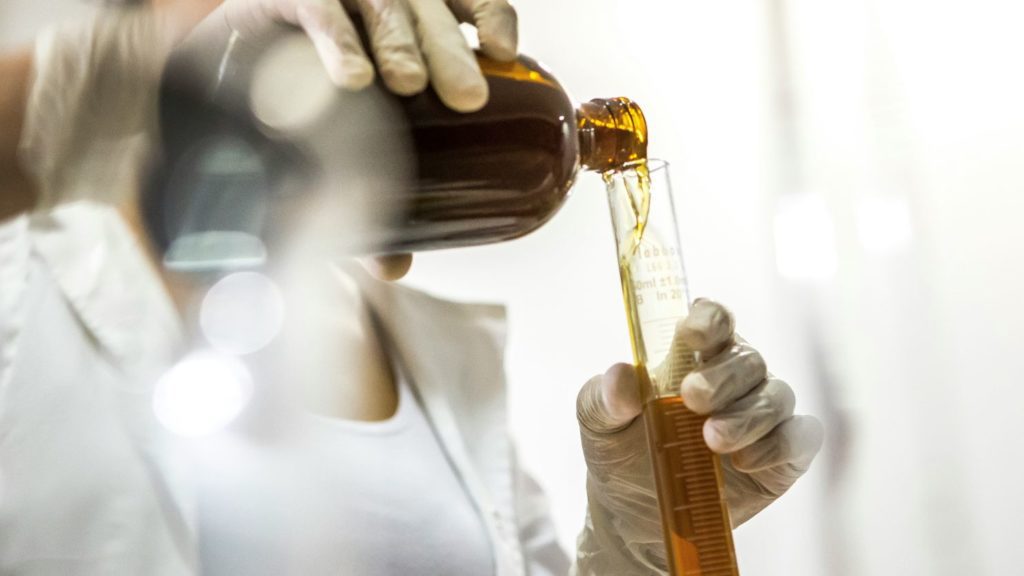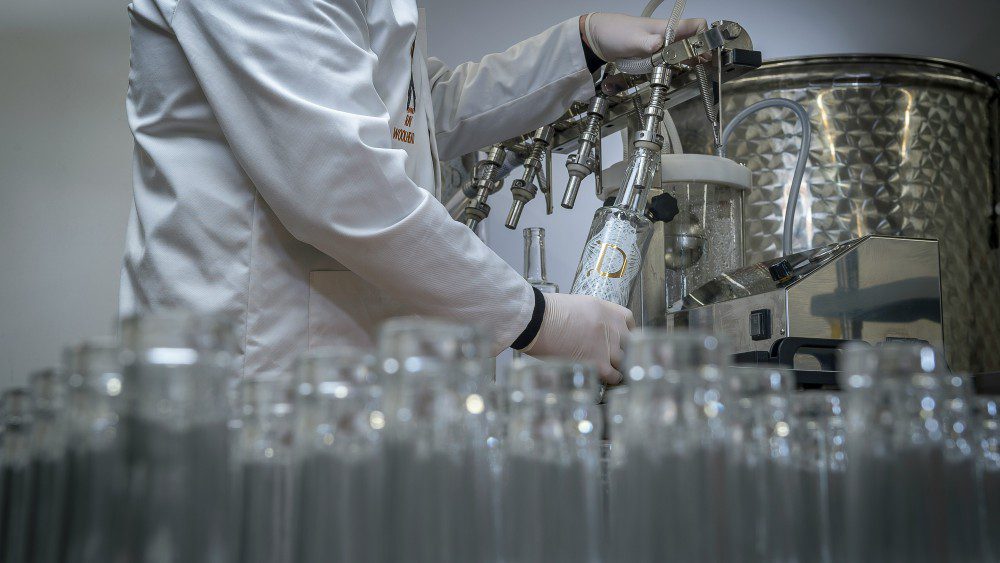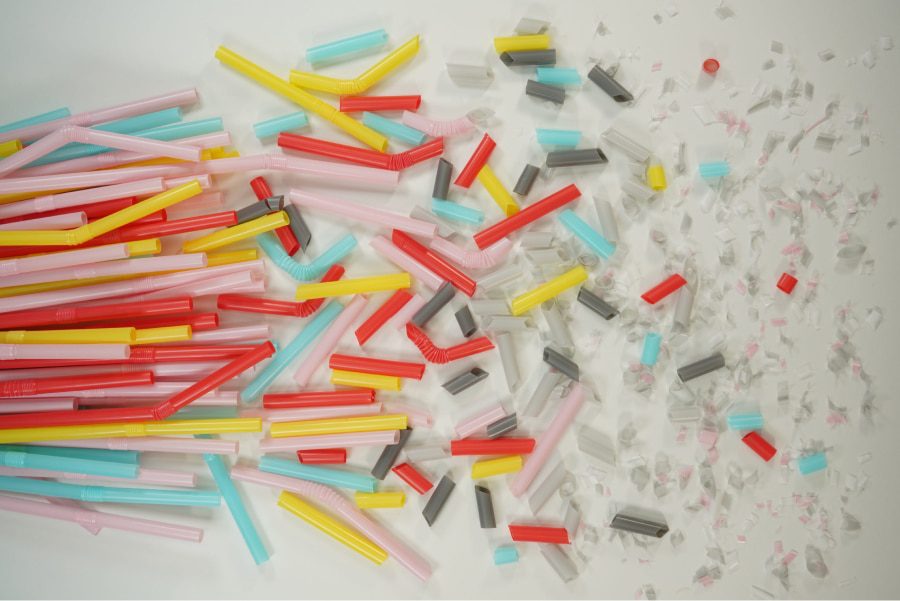What are Good Manufacturing Practices (GMP) in Cosmetics?
Good Manufacturing Practices (GMP) in cosmetics are a set of rules that describe the methods, equipment, means, and management of production, storage, and shipping of cosmetic products, in order to ensure appropriate quality standards and to guarantee high standards of safety and hygiene for the consumer.
Cosmetics GMP covers many aspects, ranging from staff training to the management of complaints and product recalls from the market, through to the hygiene of premises and equipment, the quality of raw materials and packaging materials, and waste management.
GMP Requirements Under EU and UK Cosmetic Regulations
As stated in Article 8 of Regulation (EC) 1223/2009, for each cosmetic product to be placed on the market, GMP cosmetics practices must be followed in order to achieve the objectives outlined in Article 1—namely, to ensure the proper functioning of the internal market and a high level of protection of human health.
The UNI EN ISO 22716 standard is taken as a reference guideline.In the UK, the manufacture of cosmetic products must also comply with GMP cosmetics practices. This refers to how the reproducibility and quality of a cosmetic product are ensured during production.
Good manufacturing practice can be demonstrated through compliance with the relevant designated standard, ISO 22716, as specifically stated on the UK portal regarding cosmetic products.
Cosmetic GMP Certification and the Adequacy of Statements for Compliance

Regulation (EC) 1223/2009, although it does not oblige cosmetic companies to obtain UNI EN ISO 22716 certification—since this is a private standard and a public regulation cannot, in principle, require private certification—does require companies to comply with good manufacturing practices. However, as we will see later, this may be subject to change.
ISO 22716: The International Standard for Cosmetic GMP
ISO 22716, developed by the International Organization for Standardization (ISO), is a comprehensive set of Good Manufacturing Practice (GMP) guidelines for cosmetics. These guidelines cover the production, control, storage, and shipping of cosmetic products.
Cosmetics are defined as any personal care products intended to enhance, cleanse, or alter a consumer’s face or body, as specified in the Regulation. This includes makeup, oral care products, creams, deodorants, hair products, and fragrances.
ISO is an internationally recognized non-governmental body that sets standards across various industries.
In 2007, the International Cooperation on Cosmetic Regulations (ICCR), consisting of the United States (USA), Canada, the European Union (EU), and Japan, established that ISO 22716 would be used as a reference when recommending or publishing cosmetic GMP guidelines for each country. This made ISO 22716 the foundational standard for cosmetics GMP worldwide.
In 2013, the U.S. Food and Drug Administration (FDA) updated its GMP guidelines, taking into account the recommendations outlined in ISO 22716.
Cosmetic Standards for Good Manufacturing Practices
ISO 22716 is the benchmark standard for cosmetics GMP. ISO 22716 certification helps companies identify and mitigate risks associated with manufacturing processes that could impact product safety and quality.
As the name suggests, GMP enables organizations to demonstrate their commitment to safeguarding the quality and safety of their finished cosmetic products.
GMP is the first step in cosmetic compliance, providing a comprehensive approach to quality management. It ensures that every aspect of a product—design, formulation, manufacturing, packaging, storage, and shipping—is achieved in a safe, hygienic, and responsible manner.
The success of any cosmetic company depends heavily on its ability to produce effective, safe, high-quality, and reliable products.
Understanding the fundamentals of GMP is crucial, as it addresses one of the most important aspects of cosmetic manufacturing: protecting consumers by enhancing the safety of cosmetic products throughout the entire supply chain.
Global GMP Regulations
The Cosmetics Regulation 1223/2009 requires that all cosmetic products manufactured and sold on the EU market comply with current Good Manufacturing Practices (cGMP), which are based, as previously noted, on the ISO 22716 standard.
Adherence to GMP cosmetics guidelines can go beyond legal compliance. It offers business benefits such as increased sales and brand loyalty, driven by a strong focus on product quality, safety, and effectiveness.
In the EU, compliance with GMP for cosmetics is mandatory. In contrast, the United States and Canada have different regulatory frameworks governing the sale of cosmetic products.
While the implementation of GMP standards has not historically been mandatory in these countries, it has been strongly encouraged by both the FDA and Health Canada. However, from 2025, this is expected to change.
Current and future cosmetic safety guidelines in the United States (and Canada) include:
- Federal Food, Drug and Cosmetic Act (Section 301). This FDA-enforced rule prohibits the sale of “adulterated” or “misbranded” cosmetic product
- Cosmetics Regulation Modernization Act of 2022 (MoCRA). U.S. legislation requiring the production of cosmetics marketed in the U.S. in accordance with GMP that will be determined and enforced by the FDA (you can read our article on MoCRA for more guidance)
- Food and Drugs Act (Sections 16 and 18). It states that cosmetics sold in Canada must be produced and stored in clean and hygienic environments
GMP Guidelines for Cosmetics

Implementation of industry-standard GMP according to ISO 22716:2007 requires consideration of the following GMP guidelines:
- Staff and premises
- Equipment, raw materials and packaging materials
- Production
- Finished Products & Quality Control
- Complaints and recalls
Staff
GMP guidelines are also important from a staffing perspective, as they ensure that all staff contribute to safety and quality rather than compromise it.
Employees of a cosmetic company must be properly trained, experienced, and qualified to manufacture, store, and control products in line with the correct specifications.
They should also have the necessary support to carry out their tasks efficiently, with good hygiene and cleanliness.
This support may include:
- Comprehensive GMP Training (Staff Hygiene and Health)
- Supervision
- Safety equipment
- Personal Protective Equipment (PPE)
- Instruction
- Resources
Local
A cosmetics manufacturer’s premises must always meet GMP specifications, providing a safe and hygienic environment that minimizes the risk of contamination.
Production supervisors must put cleaning and maintenance protocols in place and allow for proper division of:
- Preservation
- Production
- Quality control
- Washing and sanitizing
- Toilets
- Any additional support structures
This protects all manufactured products, minimizes the risk of mixing products, ingredients and packaging materials, and maintains cleanliness to a high standard as part of the GMP process.
Equipment
All equipment used must be fit for purpose and properly cleaned, sanitized, and maintained to prevent air contamination such as dust or moisture.
A key part of a company’s GMP procedure is not to use cosmetic manufacturing equipment for any other purpose. Such appliances should also be stored properly and calibrated periodically if necessary.
The equipment should not be made of materials that could interact with ingredients, products, or cleaning agents. If broken or no longer fit for use, GMP guidelines require companies to repair, replace, or dispose of equipment properly and safely.
Raw and packaging materials
All ingredients, raw materials, and packaging materials must meet defined acceptance criteria for quality assurance purposes. Raw materials must be well organised and clearly labelled, along with packaging materials, to avoid any confusion during production.
These labels must include batch information to ensure traceability at every stage of the production process.
GMP cosmetics guidelines also require companies to regularly conduct stock inventories and investigate any discrepancies to maintain control and ensure consistency in manufacturing.
Production
Measures must be taken at every stage to ensure that the finished product meets its specifications. Appropriate documentation and logs must be created to record all aspects of the manufacturing process.
The guidelines recommend establishing standard operating procedures (SOPs) for all processes. An SOP is a detailed instruction document that clearly outlines how a specific manufacturing activity is to be carried out.
This includes GMP cosmetics guidelines, the formulation of a cosmetic product expressed in percentages or by weight/volume, as well as a list of all raw materials used—along with their batch numbers, quantities, and the production method.
Finished products
Finished products must meet the quality standards set by the company and reflect good manufacturing practices. Before a finished product reaches the market, companies must verify compliance with the defined quality criteria.
Finished products must also be stored under strict conditions in line with regulatory requirements.
Finished product storage containers must list the following details:
- Name
- Batch number
- Relevant storage conditions
- Quantity
Regular inventory checks ensure that products are properly stocked, helping to maintain the required quality during storage, shipping, and returns.
Quality control
“Quality” refers to the stability (both chemical and microbiologic) of a cosmetic product, its storage, and its overall function. Many of the required tests verify that the quality of a product remains at a high standard.
All products containing water are at risk of contamination by microbial growth. Specific quality controls will be required to ensure that they remain stable and pass acceptance tests.
For the purposes of sampling and analysis, samples should be identifiable by:
- Name
- Concentration
- Expiration Date
- Opening date
- Storage conditions
- Name of the person who prepared them
Companies must adopt sufficient sample sizes so that any local regulatory body can analyze them if necessary.
Complaints and recalls
Any complaints or adverse events reported about a cosmetic product should be investigated, and followed up.
All complaints must be recorded centrally using a systematic complaints registration and review process. Complaint investigations must include measures to prevent product defects from recurring and to improve the identification of potential safety or quality issues.
If a serious or high-risk safety or quality issue is suspected, the company must be able to carry out a product recall quickly and efficiently. The relevant documentation should include a systematic action plan for notifying the competent authorities of the recall, particularly if consumer safety could be affected.
Internal audits and documentation
Internal audits are essential for ensuring the implementation and enforcement of cosmetic GMP and for evaluating a company’s overall performance.
The audit should identify the strengths and weaknesses of the quality management system and offer an action plan to overcome GMP failures.
Good internal verification requires objectivity and must be carried out by a qualified person. Any issues found during audits should be corrected by verifying that all guidelines outlined in the ISO 22716 standard are implemented correctly.
New French Law: Why ISO 22716 Certification Will be Mandatory
Notified to the World Trade Organisation and the European Commission, the “Ordinance on the organization of the certification process for good manufacturing practices for cosmetic products and the authorization of inspecting officers” forms part of the transfer of responsibilities for cosmetic and tattoo products from the ANSM to the ANSES and the DGCCRF.
In this context, the French government has been authorised to adopt measures by ordinance, specifically to introduce a certification system that verifies compliance with good manufacturing practices for cosmetic products.
Decree No. 2024-1250, published in the Journal Officiel de la République Française on 31 December 2024, outlines the terms and timelines for this transfer of responsibilities, along with procedures for informing consumers about bulk sales.
This legislation officially designates the DGCCRF as the competent authority for issuing certificates of compliance with good manufacturing practices for cosmetic products destined for export to countries outside the European Union and the European Economic Area.
It sets out the procedures for transferring this responsibility from the ANSM to the DGCCRF. The transfer will take effect on 1 March 2025, and the ANSM will continue to process applications submitted up to 28 February 2025 until 31 March 2025.
The decree also updates the requirements for obtaining these certificates, stating that applications must be accompanied by documentation from a recognised certification body attesting to compliance with good manufacturing practices.
How to Verify If Your Cosmetic Products are GMP Compliant
Are you unsure whether your products—or those from your supplier—have been manufactured in line with the Good Manufacturing Practice (GMP) guidelines discussed above?
Get in touch with us, and we’ll be happy to assist you with a full evaluation.



